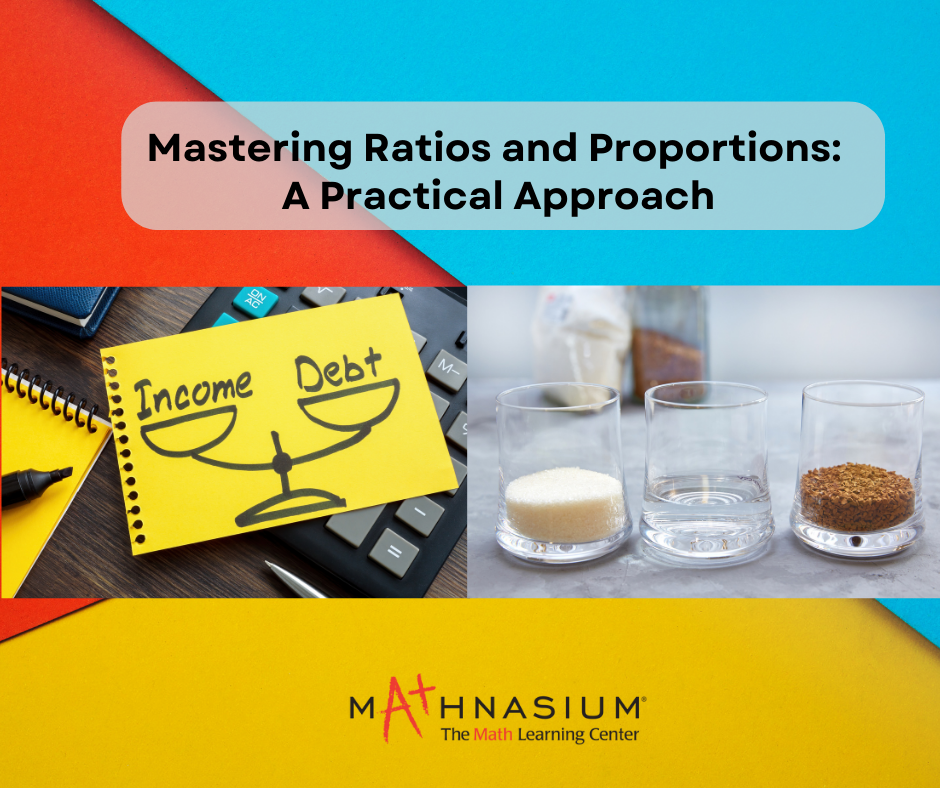Ratios and proportions are fundamental mathematical concepts that play a crucial role in various real-world scenarios. From cooking recipes to financial analysis, understanding, and mastering ratios and proportions is essential for making informed decisions. In this blog post, we'll delve into the practical aspects of these concepts and explore how they can be applied in everyday situations.
Understanding Ratios:
A ratio is a comparison of two quantities, typically expressed in the form of a fraction. For example, if you have 3 red balls and 5 blue balls, the ratio of red to blue balls is 3:5. Ratios are versatile and can be applied to any set of related quantities, allowing us to compare and analyze different scenarios.
Practical Example: Cooking
In cooking, ratios are essential for achieving the right balance of ingredients. Consider a cake recipe that requires 2 cups of flour to 1 cup of sugar. This ratio ensures the proper consistency and sweetness of the cake. By mastering ratios, chefs can easily scale recipes up or down to serve different numbers of people without compromising the outcome.
Proportions in Daily Life:
Proportions extend the concept of ratios and involve setting two ratios equal to each other. A proportion is an equation that states that two ratios are equivalent. Solving proportions often requires cross-multiplication, providing a practical method for solving real-world problems.
Practical Example: Finance
In finance, understanding proportions is crucial for making sound investment decisions. For instance, if you are comparing the performance of two investment portfolios, you might analyze the proportion of risk to return. By setting the ratios of risk to return equal to each other, investors can identify which portfolio offers a better balance between potential gains and losses.
Real-World Problem-Solving:
Mastering ratios and proportions empowers individuals to solve a wide range of real-world problems. From adjusting recipes to managing finances, these mathematical concepts provide a structured approach to finding solutions. Let's explore a hypothetical scenario involving travel planning.
Practical Example: Travel Planning
Suppose you are planning a road trip, and you know that your car travels 25 miles per gallon. To determine how much gas you need for the trip, you set up a proportion comparing the distance to the gas consumption. This allows you to calculate the required amount of fuel accurately, ensuring a smooth and cost-effective journey.
Ratios and proportions are not just abstract mathematical concepts; they are powerful tools with practical applications in everyday life. Whether you're in the kitchen, managing finances, or planning a trip, a solid understanding of these concepts enables you to make informed decisions and solve a wide range of problems. By mastering ratios and proportions, you gain a valuable skill set that transcends the boundaries of the classroom and enriches your daily experiences.



 (513) 479-4511
(513) 479-4511







